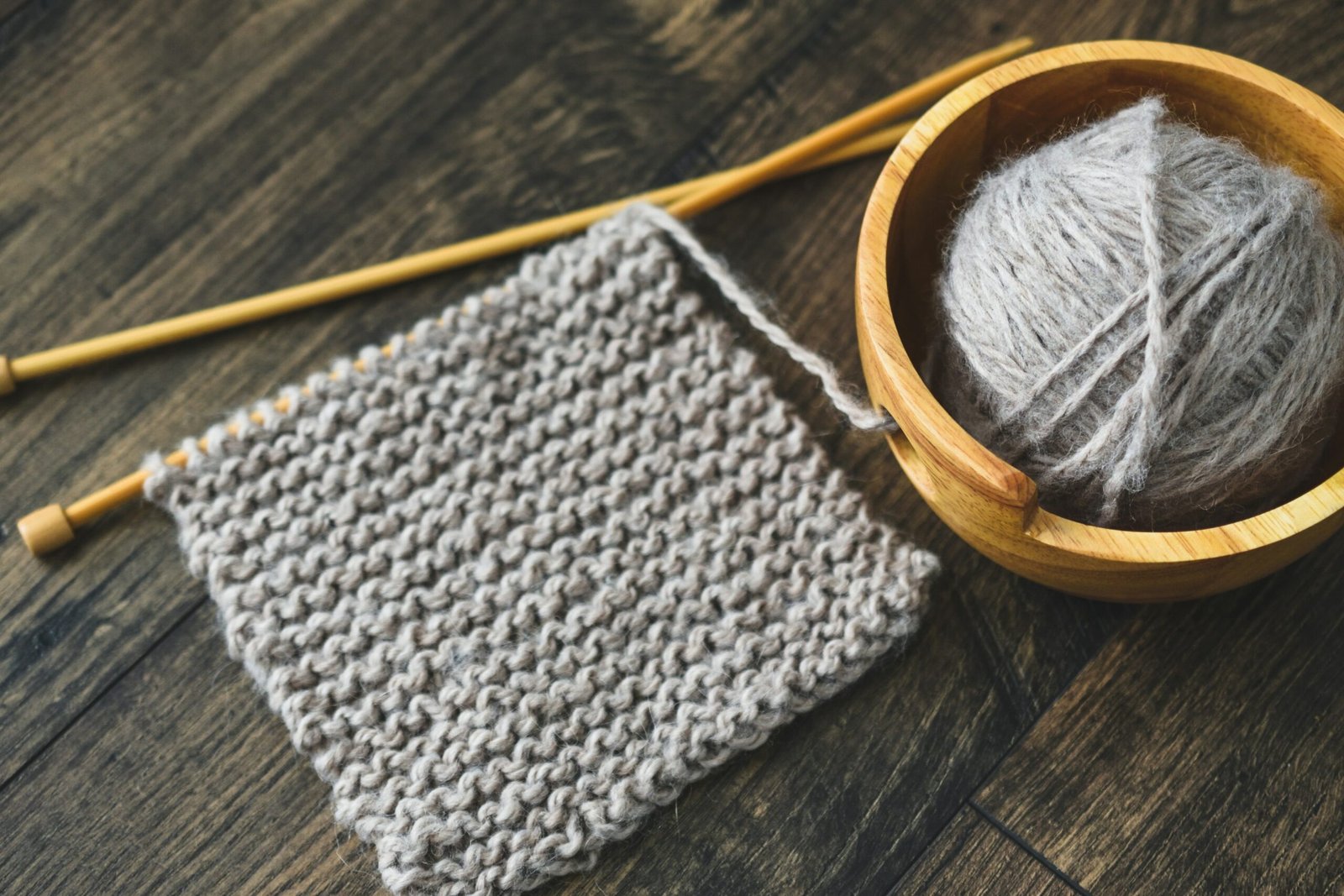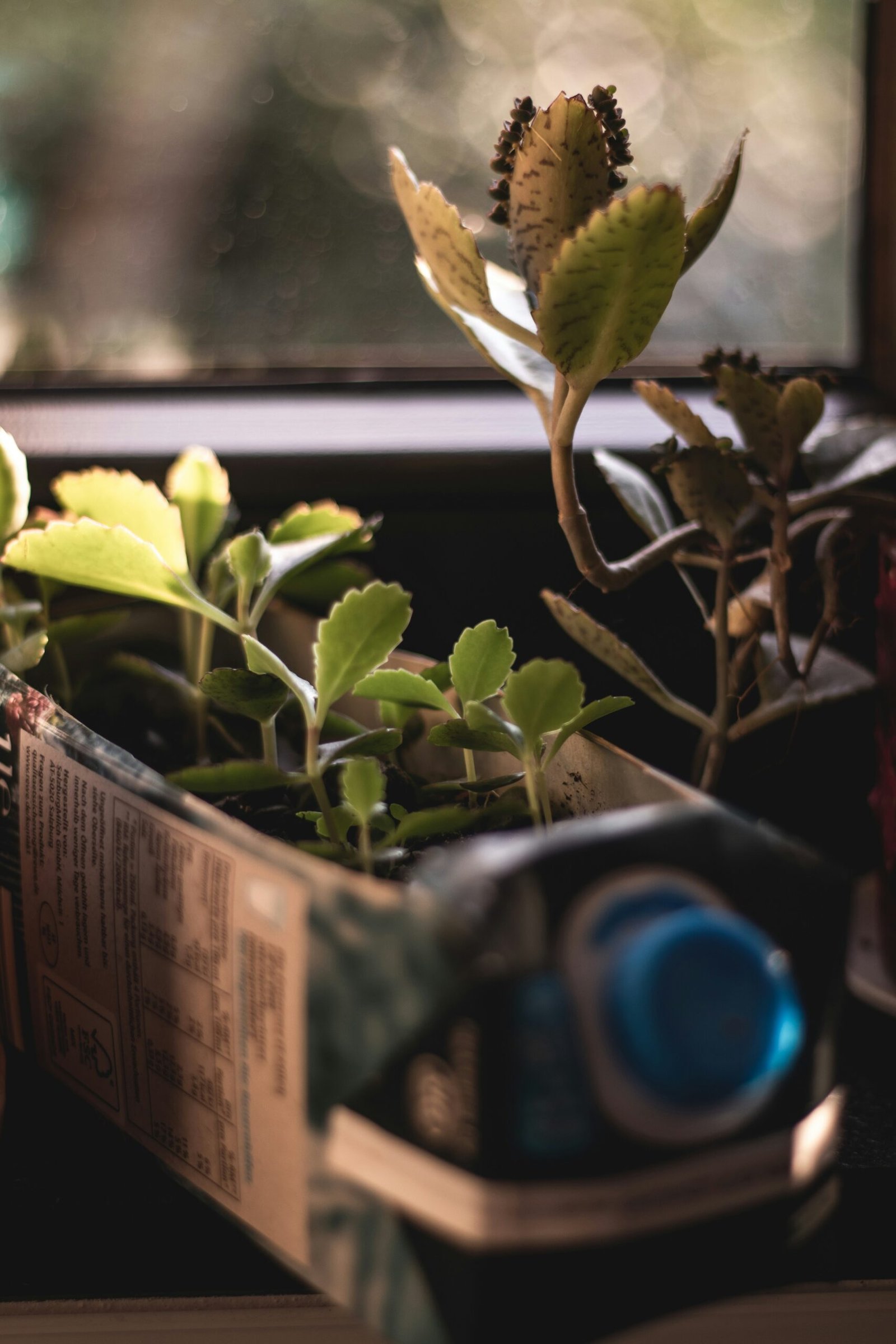Introduction to Eco-Friendly DIY
Eco-friendly DIY, or do-it-yourself, refers to creating or improving items in a manner that prioritizes environmental sustainability. In today’s world, where environmental concerns are at the forefront, the significance of eco-friendly practices has grown substantially. This surge in awareness around sustainability is driving individuals to seek ways to reduce their ecological footprint, and DIY projects offer a practical and engaging approach to this goal.
Engaging in eco-friendly DIY projects allows individuals to contribute to a greener home in several impactful ways. One of the primary benefits is the significant reduction in waste. By repurposing, recycling, and upcycling materials, these projects prevent items from ending up in landfills and reduce the demand for new resources. For instance, turning an old wooden pallet into a garden planter not only gives the wood a new life but also avoids the environmental costs associated with producing new planters.
Another compelling advantage of eco-friendly DIY is cost efficiency. Many sustainable projects utilize readily available materials, which can often be sourced for free or at a minimal cost. This not only saves money but also encourages creativity and resourcefulness. Moreover, creating items yourself can often be more affordable than purchasing new, commercially produced alternatives.
In addition to environmental and financial benefits, eco-friendly DIY projects promote a healthier living environment. Many conventional products contain harmful chemicals or are manufactured through processes that generate pollution. By choosing natural, non-toxic materials and methods, DIY enthusiasts can create safer, healthier spaces for themselves and their families.
The general principles of sustainable living—reduce, reuse, recycle, and rethink—align seamlessly with the ethos of eco-friendly DIY. By embracing these principles, individuals not only adopt a more mindful lifestyle but also contribute to broader environmental goals. DIY projects can range from small household improvements to larger-scale renovations, each playing a role in fostering a more sustainable future.
Upcycling and Repurposing: Giving New Life to Old Items
Upcycling and repurposing are innovative approaches to sustainability that breathe new life into old or discarded items. By transforming these items into something useful and beautiful, individuals can significantly reduce waste and conserve valuable resources. Unlike recycling, which often breaks down materials to create new products, upcycling maintains the integrity of the original item, thereby requiring less energy and fewer resources.
Consider the wide array of common household items that can be upcycled. Furniture, such as an old ladder, can be reimagined as a unique bookshelf. Simply sand and paint the ladder, then mount it securely against the wall for an eye-catching storage solution. Similarly, mason jars, which often accumulate in kitchens, can be repurposed as storage containers. Clean the jars thoroughly, and you have versatile containers perfect for organizing pantry staples, craft supplies, or even bathroom essentials.
Clothing offers another fertile ground for upcycling. A worn-out pair of jeans, for instance, can be transformed into a durable tote bag. Cut the legs off the jeans, sew the bottom closed, and add a strap made from the remaining fabric. This not only extends the life of the material but also creates a functional item that reduces the need for single-use plastic bags.
The environmental benefits of upcycling are significant. By diverting items from landfills, upcycling helps to decrease the volume of waste that accumulates over time. This practice also conserves resources by reducing the demand for new materials, thereby lowering the ecological footprint associated with manufacturing processes. Moreover, upcycling fosters a culture of creativity and resourcefulness, encouraging individuals to see potential in items that might otherwise be discarded.
Incorporating upcycling and repurposing into daily life is a practical and impactful way to contribute to a greener home. Through thoughtful transformation of old items, we can enjoy functional and aesthetically pleasing creations while championing environmental sustainability.
Eco-Friendly Home Improvements: Sustainable Materials and Practices
Incorporating sustainable materials and eco-friendly practices into home improvement projects can significantly enhance the environmental sustainability of a home, while also improving its aesthetic and functional aspects. One of the most impactful changes homeowners can make is utilizing reclaimed wood for flooring. Reclaimed wood not only adds unique character to a space but also reduces the demand for newly harvested timber, thereby contributing to forest conservation. Sourcing reclaimed wood can be done through local salvage yards, specialized suppliers, or even online marketplaces dedicated to sustainable building materials.
Another effective eco-friendly home improvement is the installation of energy-efficient lighting. LED bulbs, for instance, consume up to 85% less energy than traditional incandescent bulbs and can last up to 25 times longer. This not only reduces electricity bills but also decreases the frequency of bulb replacements, leading to less waste. Additionally, smart lighting systems can be incorporated to optimize energy usage based on occupancy and natural light availability, further enhancing energy efficiency.
Opting for natural paints and finishes is also a crucial aspect of sustainable home improvements. Conventional paints often contain volatile organic compounds (VOCs), which can be harmful to both health and the environment. In contrast, natural paints, derived from plant oils, minerals, and other eco-friendly ingredients, offer a safer alternative. Companies like ECOS Paints and BioShield Paints are well-regarded for their non-toxic, environmentally-friendly products. These natural finishes not only improve indoor air quality but also provide a beautiful, durable coating for walls and furniture.
Practical tips for sourcing sustainable materials include researching and verifying the credentials of suppliers, looking for certifications such as FSC (Forest Stewardship Council) for wood products, and considering the environmental impact of the entire supply chain. Highlighting companies known for their eco-friendly credentials can guide homeowners in making informed decisions. Brands like Interface for sustainable carpeting, and Vetrazzo for recycled glass countertops, offer high-quality, aesthetically pleasing options that align with eco-friendly values.
Overall, by integrating reclaimed wood, energy-efficient lighting, and natural paints into home improvement projects, homeowners can create a more sustainable living environment that not only benefits the planet but also enhances the beauty and functionality of their homes.
DIY Green Living Solutions: Energy and Water Conservation
Conserving energy and water at home is a crucial step towards achieving a sustainable lifestyle. Implementing DIY projects can not only reduce utility bills but also significantly lessen your environmental footprint. One effective project is creating a rainwater harvesting system. This system involves collecting rainwater from your roof through gutters and storing it in a tank for later use in watering plants, flushing toilets, or even washing cars. To set up a basic rainwater harvesting system, you will need a collection surface (roof), gutters, downspouts, a filtration system, and a storage tank. This simple project can save thousands of gallons of water annually.
Another impactful DIY project is installing low-flow showerheads. Traditional showerheads can use up to 2.5 gallons of water per minute, whereas low-flow options reduce this to about 1.5 gallons per minute without compromising water pressure. To install a low-flow showerhead, first, remove the old showerhead using an adjustable wrench. Clean any debris from the shower arm and wrap the threads with plumber’s tape to ensure a tight seal. Screw the new showerhead onto the shower arm and tighten it by hand. This small change can save a significant amount of water and reduce your water heating costs.
Making your own natural cleaning products is another excellent way to promote green living. Commercial cleaning products often contain harsh chemicals that are harmful to both the environment and your health. Simple ingredients like vinegar, baking soda, and essential oils can be used to create effective and eco-friendly cleaners. For example, a mixture of equal parts water and vinegar can be used as a multipurpose cleaner, and baking soda can act as a natural abrasive for scrubbing surfaces. These homemade solutions are not only safer but also cost-effective.
Implementing these DIY green living solutions can make a significant difference in conserving resources and promoting a sustainable lifestyle. Small changes, such as harvesting rainwater, installing low-flow showerheads, and creating natural cleaning products, collectively contribute to reducing your environmental impact and fostering a greener home.


